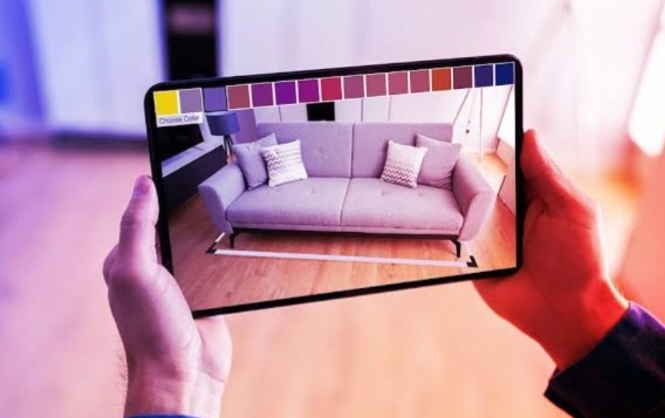Augmented Reality (AR) has become increasingly prevalent in everyday life, offering fascinating experiences to its users. Different types of AR technologies provide various applications and extend usability in diverse contexts.
Types of Augmented Reality
Here are several intriguing types of AR:
- Marker-Based Augmented Reality Also known as image recognition, Marker-Based AR requires specific visual objects and a camera for scanning. These visual markers can range from QR codes to unique symbols. The AR device calculates the position and orientation of the marker to display corresponding digital content, allowing users to view digital animations projected by the marker.
- Markerless Augmented Reality Markerless AR is widely used in current AR applications. It leverages GPS, speedometers, digital compasses, and accelerometers embedded in devices to provide location-based data. Many smartphones are equipped with this technology, enabling users to detect locations. This type of AR is commonly used for navigation and other location-based applications.
- Projection-Based Augmented Reality Projection-Based AR works by projecting artificial light onto real surfaces. In some cases, users can interact directly with the projection. This technology resembles holograms depicted in sci-fi movies, such as Star Wars. It detects interaction between users and the projection through changes in the projected light.
- Superimposition-Based Augmented Reality This type of AR replaces the original appearance of an object with augmented elements, either partially or entirely. Object recognition plays a crucial role in accurately displaying augmented elements based on the physical environment.
- Web-Based Augmented Reality Web-based AR uses web technology, allowing direct access through browsers without requiring users to download a specific application. Users can experience AR seamlessly through their devices, integrating with their physical surroundings.
- Location-Based Augmented Reality (Geo AR) This AR type utilizes geographical location data from devices to add virtual elements to the surroundings. For example, in virtual tour applications, users at certain locations can access historical information or audio guides.
- Recognition-Based Augmented Reality Recognition-Based AR uses object or image recognition technology to identify physical objects or specific images. Once identified, virtual elements are added to provide additional information or interactive experiences.
- Projection Mapping This AR type creates complex visual effects by using projectors on complex physical surfaces, such as buildings or other 3D objects. It creates illusions and alters the physical appearance of objects.
The diverse types of AR provide richer and more interactive experiences across various contexts, from entertainment to business applications. As AR technology continues to evolve, it is expected to bring remarkable innovations for users in the future.
Devices Supporting Augmented Reality
In this digital era, AR technology is increasingly appealing and more accessible to users across various sectors. Modern devices are designed to support AR usage, bringing more immersive and interactive experiences into everyday life.
Here are some devices that support AR usage:
- Mobile Devices such as Smartphones and Tablets Mobile devices, including smartphones and tablets, are the most common platforms for AR applications. With advanced cameras and integrated sensors, these devices allow users to enjoy various AR features across business, gaming, and social networking platforms.
- Special AR Devices Certain devices are specifically designed to enhance AR experiences. One example is the Head-Up Display (HUD), which allows users to receive data with transparent displays that are easily accessible. HUDs are used in various contexts, from navigation to real-time monitoring of critical information.
- AR Glasses Devices such as Google Glass, Laster See-Thru, and Meta 2 Glasses elevate AR experiences to a higher level. AR glasses enable users to view smartphone notifications directly in front of their eyes without disrupting their daily view. These devices assist in assembly tasks, accessing content hands-free, and providing diverse multimedia experiences.
- Virtual Retinal Displays (VRD) VRD devices use laser beams to project images directly onto the human retina. The goal is to provide bright images with high contrast and sharp resolution. Although still in development, VRDs have significant potential to transform how we interact with the digital world through more immersive AR experiences.
With these devices, users can experience the wonders of AR more vividly and accessibly.
For those seeking high-quality, fast internet services suitable for streaming, contact PT Lintas Jaringan Nusantara. The PT Lintas Jaringan Nusantara (PT LJN) team is ready to help you obtain high-quality and fast internet services.




